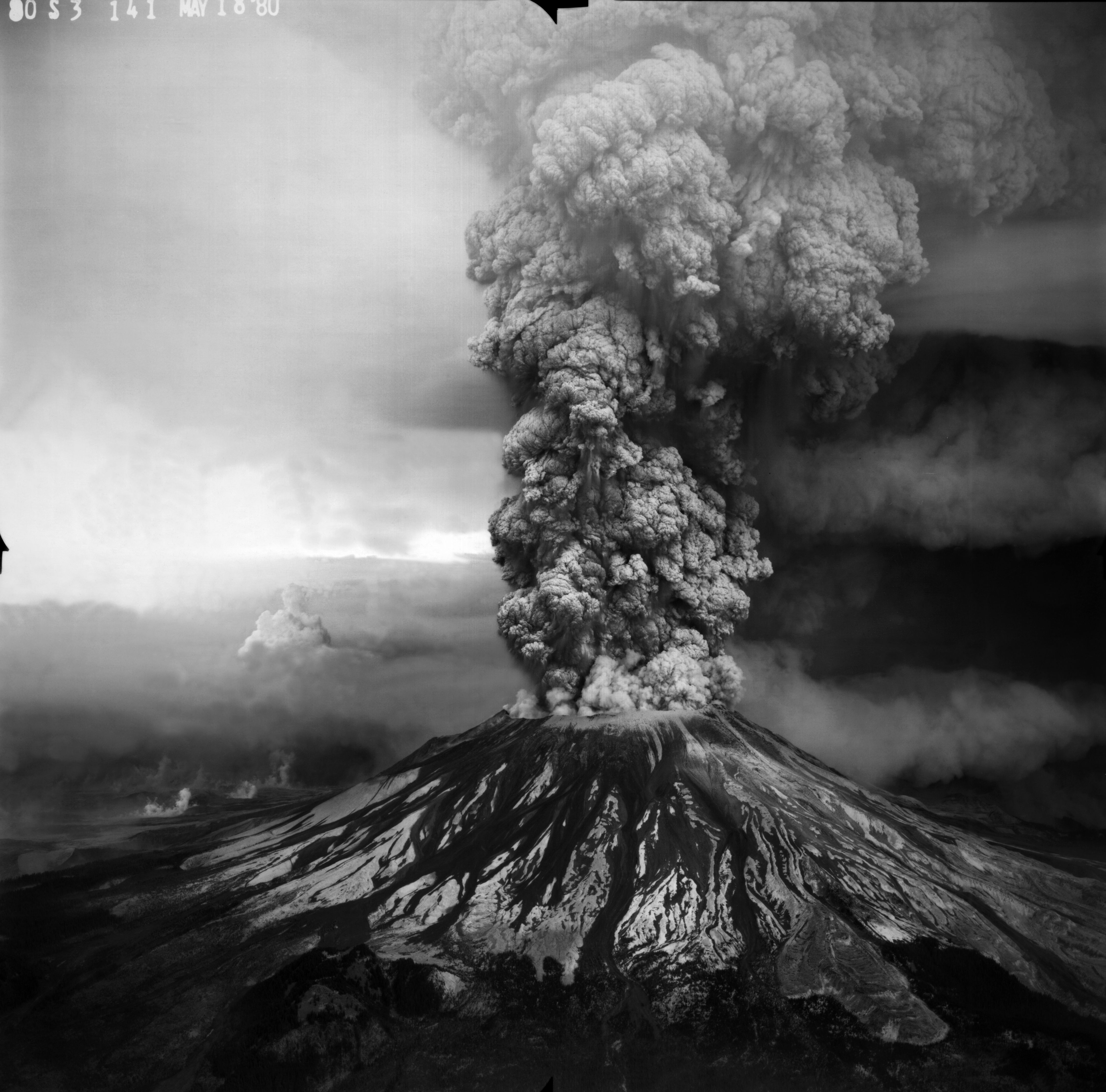In 1980, a colossal earthquake on the Mount St. Helens volcano triggered the fastest debris avalanche ever recorded, clocking in at 402.3 kilometers (250 miles) per hour, according to Guinness World Records. That’s almost a third of the speed of sound, which travels at 1,234 kilometers (767 miles) per hour.
The avalanche was just one small part of the infamous volcanic eruption that rocked Washington’s Mount St. Helens in the spring of 1980. To this day, the incident is the deadliest and most destructive volcanic event in US history.
As per the United States Geological Survey, hints of earthquake activity at Mount St. Helens started as a series of small earthquakes on March 16, culminating in its first eruption in over 100 years on March 27.
A burst of steam and ash blasted a 75 meter (250-foot) wide crater through the volcano’s summit ice cap, but the eruption proved to be relatively mild for what was yet to come. Minor eruptions continued hourly for several weeks until April 22, when the first period of activity stopped.
As May arrived, it became increasingly apparent that a bulge was growing on the mountain’s north slope. The bulge was caused by an intrusion of magma below the surface, building up pressure like an angry balloon.

The worst occurred on the morning of Sunday May 18, 1980, when Mount St. Helens was shaken by a magnitude 5.1 earthquake. Just as this occurred, the volcano’s bulge and summit slid away as a huge landslide, creating the largest debris avalanche ever recorded.
As the landslide sliced away Mount St. Helens’ northern flank, the volcano’s highly pressurized body of magma was busted open like a champagne cork, causing a powerful explosion of volcanic debris to fling over an area of 600 square kilometers (230 square miles).
“It completely destroyed an area of 230 square miles in a matter of somewhere between five and nine minutes. It essentially killed every living thing within an area of 230 square miles,” explained C Dan Miller from the USGS.
“It destroyed hundreds of acres of virgin forest. It was an incredibly spectacular event,” he added.
In total, it’s estimated that this eruption released somewhere in the ballpark of 100 million billion joules of energy. The eruption had a Volcanic Explosivity Index of 5, which is the highest score to occur in the mainland US since the much smaller 1915 eruption of Lassen Peak in California.
By the late afternoon of May 18, the eruption had started to relax and it essentially ceased by the next day. Nevertheless, the scale of the damage caused was monumental.
A total of 57 people lost their lives in the disaster, not to mention the thousands of animals that inhabited the surrounding area. Over $1 billion of property was damaged, while deposited ash was reported in at least 11 US states and five provinces in Canada.
Although volcanoes are notoriously tricky to predict, scientists say it is “extremely likely” that Mt. St. Helens will erupt again. Eruptions here tend to occur every 100 to 300 years, so – with any luck – humanity is in the clear for a few generations.
Source Link: Fastest Debris Avalanche On Record Was One-Third The Speed Of Sound